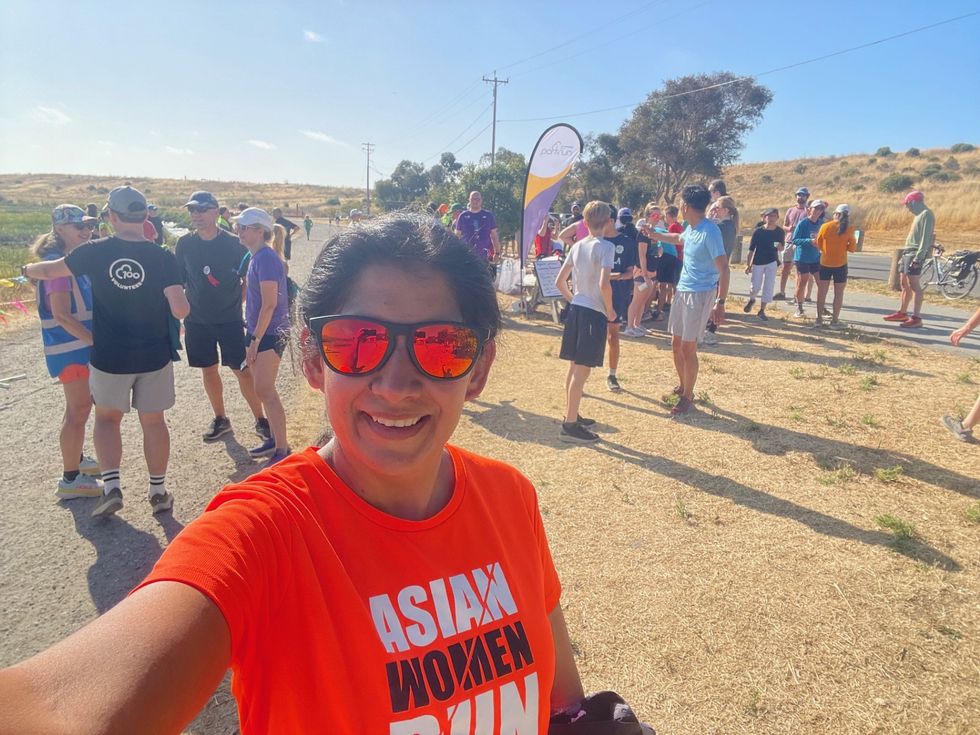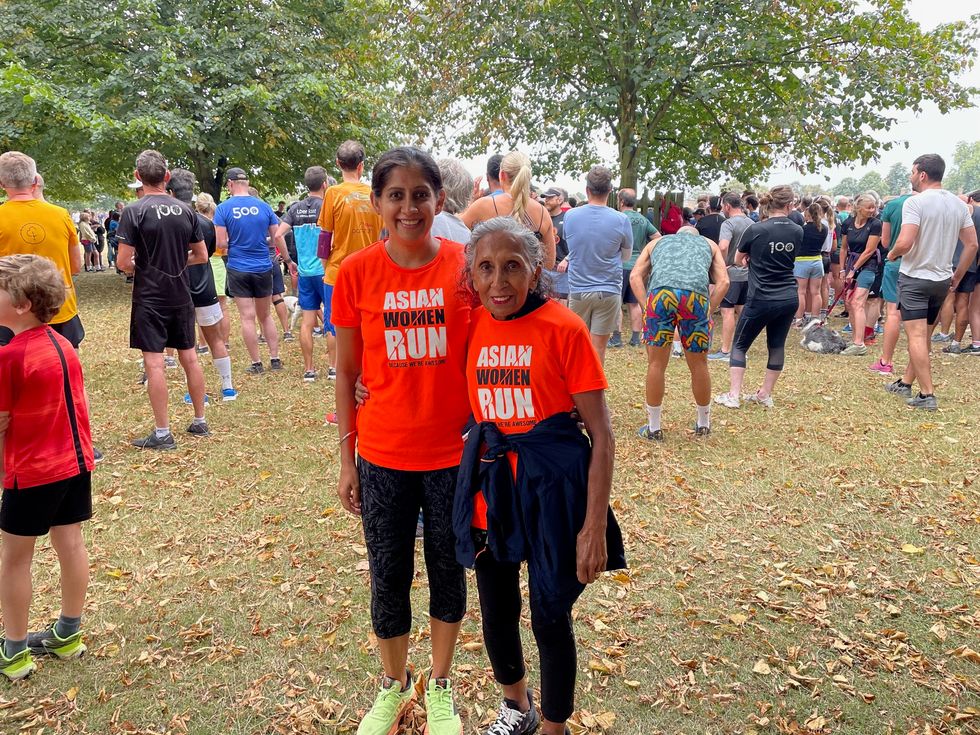By Aaqil Ahmed
TIM DAVIE has started work as the new director-general of the BBC at what is a crucial time for the organisation.
There are many challenges that he and the BBC face – from changing audience viewing and listening patterns and desires, and aggressive global competitors like Netflix and Amazon to a decline in trust of media outlets, particularly in news.
There will be so many voices fighting their corner, but I want to pick up on the challenges that the BBC, and for that matter, the whole of the broadcasting industry faces when it comes to diversity; and let’s face it, the fight against racism, both conscious and unconscious, that exists within it.
Kickstarted by the Black Lives Matter movement, over the past couple of months there have been a series of events and speeches on the issue of diversity, and how microaggressions and prejudice have ruined and continue to ruin many careers. Reading some of the reports and following the panel discussions, you would think that all this has crept up out of nowhere in some sections of the broadcasting industry. The reality is very different.
As highlighted in this paper and others, there have been many conversations on this subject and numerous training schemes over the past two to three decades. I’ve set up a few in my time – from journalism bursaries to the first pan-TV industry trainee commissioning editor scheme. Yet, apart from a few, most people don’t go very far – generations of talent have given up or just been sidelined so badly that in the end, they simply disappear off the radar.
Over the past five years, this erosion of qualified, and in some cases, award-winning and productive people of colour has increased. Yet, no one individual or no group of people have – to my knowledge – had this laid at their door. This isn’t a request for people to be sacked, but for this issue to be taken seriously and for there to be real accountability for failure in this area.
If people are leaving when they get to a certain level, then that has to be looked into and things surely have to change? One of my last acts as the president of the BBC’s BAME workers group was to request that all of the senior managers who were diverse should be interviewed to find out where the issues were in terms of progression so that we could look at where the pipeline was blocked and why. It was an interesting exercise, but like a lot of these initiatives, it can only succeed if the people involved are genuine and the changes are authentic and lived by all, not just talked about in a few meetings or trotted out to fight a fire that will be forgotten about when the next blaze needs putting out.
Getting it right for me also means understanding the demographics of this country today and going forward. Diversity in an organisation should also reflect this. Our workforces, including senior leadership, should authentically reflect the areas we are based in, otherwise how will we really reflect and represent everyone?
Privilege isn’t the preserve of one group – having diverse people who are as privileged as their white counterparts is not the answer. It may make the gatekeepers comfortable being around people with similar backgrounds, those who live in the same areas as them, children going to the same schools, partners working in the same industry, but that’s not real diversity.
People who make you a bit uncomfortable because they are different from you or are not really ‘one of us’ is actually diversity. Projecting your unconscious biases onto them because you don’t really know them is racism. Ruining careers at all sorts of levels because the person does not ‘fit in’ is racism and surrounding yourself with like-minded people who are not authentic at all is also racism.
Tim, I know that you have pushed a few good initiatives forward in this area in the past year or so. I implore you, all leaders of broadcasters and independent production companies, to take this seriously rather than accept failure once more. It’s not going to be someone else’s failure – it’s yours, and I would argue, it’s my failure too.
I work in this industry and I love it, but at times it’s been heartbreaking to be called an agitator or labelled with all sorts of unconscious bias labels, rather than accept my experiences or even anger. I’m not alone. Shouldn’t we stop anyone else feeling like this in the future?
I’m always happy to help as I know many others are. I don’t expect you to accept failure, Tim, as others have. Yes, this is difficult, but businesswise, this is a no-brainer. The future is more diverse and will mean lots of different things in different places.
There isn’t another chance after this – it is last-chance saloon time.
Aaqil Ahmed was the former head of religion for the BBC and head of multicultural programming at Channel 4. He is a non-executive director of Ofcom’s Advisory Committee for England, a media and broadcasting consultant, and a professor at the University of Bolton.





 Minreet Kaur
Minreet Kaur 











 Heehs describes two principal approaches to biographyAMG
Heehs describes two principal approaches to biographyAMG


‘Problem of unwitting racism must be solved’